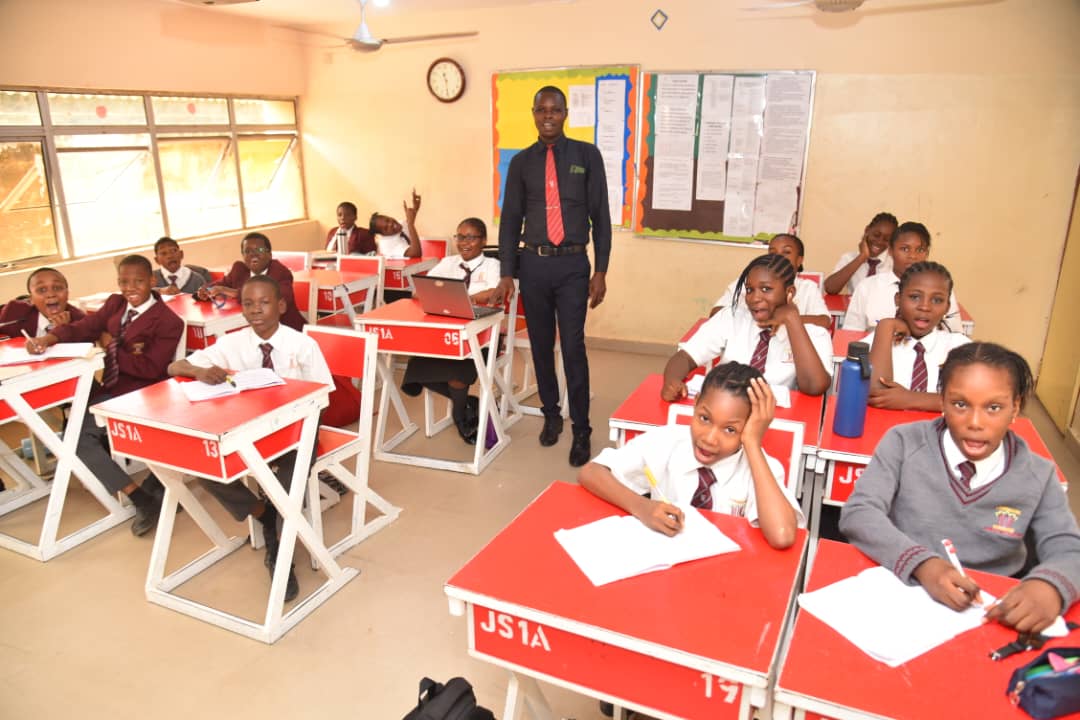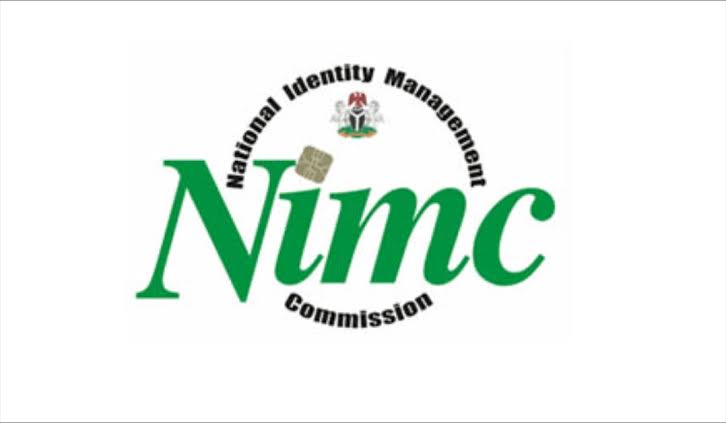The landscape of education has undergone a seismic shift in the 21st century.
Today’s students are markedly different from their predecessors in myriad ways, influenced by advancements in technology, changes in societal norms, and evolving educational paradigms.
One of the most significant differences between 21st-century students and those from earlier generations is the pervasive influence of technology. Today’s students, often referred to as “digital natives,” have grown up with technology at their fingertips. Prensky (2001) coined this term to describe young people who are exposed to digital technology from an early age. They are adept at using smartphones, tablets, and computers, making them more proficient in navigating digital platforms compared to older generations.
The proliferation of e-learning platforms and online resources has transformed how students access information. According to a report by the Babson Survey Research Group (2018), over 6 million students in the U.S. were enrolled in at least one online course, a significant increase from previous years. This shift has enabled students to learn at their own pace and access a wider range of educational materials.
Students in the 21st century exhibit different learning preferences and styles compared to their older counterparts. Modern students tend to favor visual and interactive learning methods. The use of multimedia, such as videos, infographics, and interactive simulations, caters to their preference for engaging and dynamic content (Mayer, 2009).
There has also been a marked shift towards collaborative learning. Studies have shown that students today are more inclined to work in groups and value peer-to-peer learning (Johnson & Johnson, 1999). This approach not only enhances their understanding but also develops essential skills such as teamwork and communication.
The attitudes and expectations of 21st-century students have evolved, reflecting broader societal changes. Modern students are more focused on the relevance of their education to real-world applications. They seek learning experiences that are directly tied to their future careers and personal interests (Oblinger & Oblinger, 2005).
This is in contrast to older generations who often viewed education as a more abstract and theoretical pursuit. With the advent of instant messaging and social media, students today expect immediate feedback. This expectation extends to the educational sphere, where they prefer prompt responses from instructors and quick grading of assignments (Dabbagh & Kitsantas, 2012).
The mental health and wellbeing of students have become more prominent issues in the 21st century. There is a greater awareness and acknowledgment of mental health issues among today’s students. According to the National College Health Assessment (2019), there has been a significant increase in the number of students reporting anxiety and depression compared to previous decades. This has led to a demand for better mental health support services within educational institutions. Additionally, 21st-century students often juggle multiple commitments, including part-time jobs, internships, and extracurricular activities. This balancing act can lead to increased stress and burnout, necessitating a more holistic approach to student wellbeing (Kadison & DiGeronimo, 2004).
The student population today is more diverse and inclusive than ever before. There has been a steady increase in the cultural and ethnic diversity of student bodies. Data from the National Center for Education Statistics (2019) indicates that minority enrollment in U.S. higher education institutions has risen significantly over the past few decades. This diversity enriches the learning environment but also presents challenges in addressing the varied needs of students. Furthermore, there is a growing emphasis on inclusive education, ensuring that all students, regardless of their background or abilities, have equal access to learning opportunities. This includes accommodations for students with disabilities and support for those from underrepresented groups (Ainscow, 2005).
The 21st century has brought about profound changes in the characteristics and needs of students. From technological proficiency and evolving learning preferences to heightened awareness of mental health and greater diversity, today’s students are distinctively different from those of previous generations.
Understanding these differences is crucial for educators and policymakers to effectively cater to the needs of contemporary students and prepare them for the challenges of the future.











